The apiary through the seasons
The hive in winter
From December to early February, the colony lives in its hive. In winter, the bees’ energy is spent feeding to keep the colony warm. In December, don’t disturb the colony under any circumstances, as this will dissociate the cluster and make it difficult for the colony to regain its ideal temperature. If there is no activity on the flight board, this is normal. Take advantage of this period to check the condition of your hives, and see if they have been attacked by martens or badgers. Clear the area around the apiary. At the honey house, check your beekeeping equipment and melt your cappings.
The hive in spring
Vegetation starts to grow again, and nature wakes up. The first pollinating or nectar-producing flowers attract bees (depending on the region, and taking climatic variations into account). The queen bee starts laying eggs again, and the summer bees replace the older ones.
Temperatures are rising, the days are longer and we can look forward to warm sunshine! The flora is developing, and the bees are starting to emerge slowly. The colony needs a lot of honey and pollen. The colony draws on its reserves and takes advantage of the flowers available in nature.
The spring visit is now open. Beware, however, of the cold days still possible at this time of year. Check that the colony has the honey resources it needs to thrive (a good ten kilos of honey). If the hive is short of supplies, supplement with honey, candy or syrup.
When opening the hive, observe the bees carefully. If you notice an unpleasant odour, look out for rags. The state of the brood can give some indication. If in doubt, ask a more experienced beekeeper for help and advice. Carry out anti-varroa treatments. A healthy colony is active and dynamic. March is also egg-laying season. If egg-laying seems insufficient (less than two frames), it’s possible that the hive is running low on provisions, so you need to feed to boost egg-laying. If the hive is buzzing, divide it and join it with another.
In April, the colony develops, egg-laying expands, the population increases and the risk of swarming may arise. The bees find the resources they need to sustain the colony, and store pollen and honey. In areas with a high density of rapeseed, it’s a good idea to lay down the honey supers so that the honey can be extracted. Rape honey crystallizes easily.
In May, the days are longer and the bees can start their flight to the honey crops early. The rapeseed is in bloom, the colony is teeming with bees, thousands of tiny bees ready to be born fill the brood-filled frames of the hive body. The population increases, and with it the risk of swarming. Busy foragers store pollen and nectar in abundance. The hives are in full swing, so interventions and visits are possible.
The hive in summer
The colony has a large population, the brood spreads over the frames and space in the hive is reduced. The colony needs ventilation, to aerate the hive. Outside in the evening, clusters of bees can be seen at the hive entrance, gradually making their way inside. The colony needs water, and the worker bees are getting busy. During a visit, observe the condition of the honey supers; if the honey flow is strong, add more supers as needed. In August, the population gradually decreases, as the queen has reduced her egg-laying. The flowering season ends, and it’s time to harvest the honey.
The hive in autumn
In September, the colony begins to prepare for wintering. The last false bees are asked to leave. The queen, stimulated by fresh pollen, starts laying eggs again. The summer bees die off and are replaced by winter bees. During your autumn visit, check the health of your hives, and apply the anti-varroa treatment as soon as you’ve harvested your last honey crop. Your colony must have sufficient reserves to face the winter (between 14kg and 19kg of honey). If your hives are low on reserves, think about topping them up with honey, feed syrup or candy.


